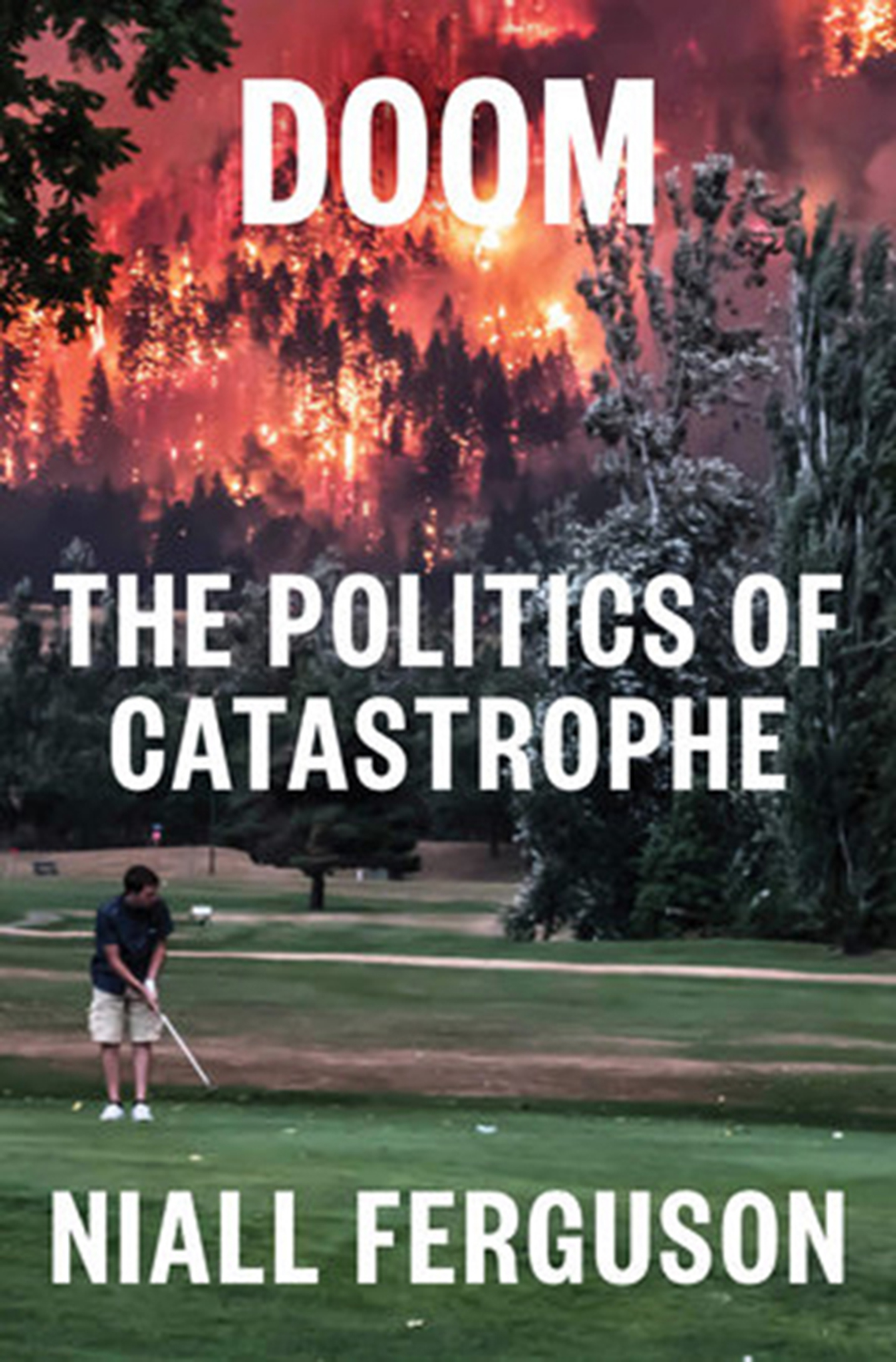Niall Ferguson has a penchant for writing sweeping histories. Over the years, Ferguson has managed to cast his spell over a wide audience through what can broadly be called as ‘popular history’. From empires and money to global leadership, Ferguson has enchanted his audience by introducing them to newer albeit obscure topics. He might find it difficult, however, to repeat the trick with his new book, Doom: The Politics of Catastrophe. While laying out the reasons for writing a history of catastrophes, Ferguson clarifies that this is not a history of the ongoing pandemic but is rather what he calls ‘a general history of catastrophe’. These include both natural and man-made disasters which straddle sundry categories like geological (earthquakes), geopolitical (wars), biological (pandemics) and technological (nuclear accidents).
Instead of shying away from framing natural and man-made disasters as separate entities, Ferguson focuses on the historical tussle between scientific progress and different kinds of catastrophes rearing their ugly heads periodically. As much as Ferguson envisages to create a compelling account of catastrophes, he succumbs to the most basic yet fundamental predicament of conjuring seamless global histories—an over-reliance on information, facts and figures at the expense of offering robust arguments.

